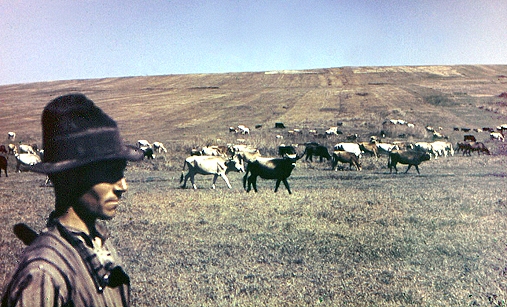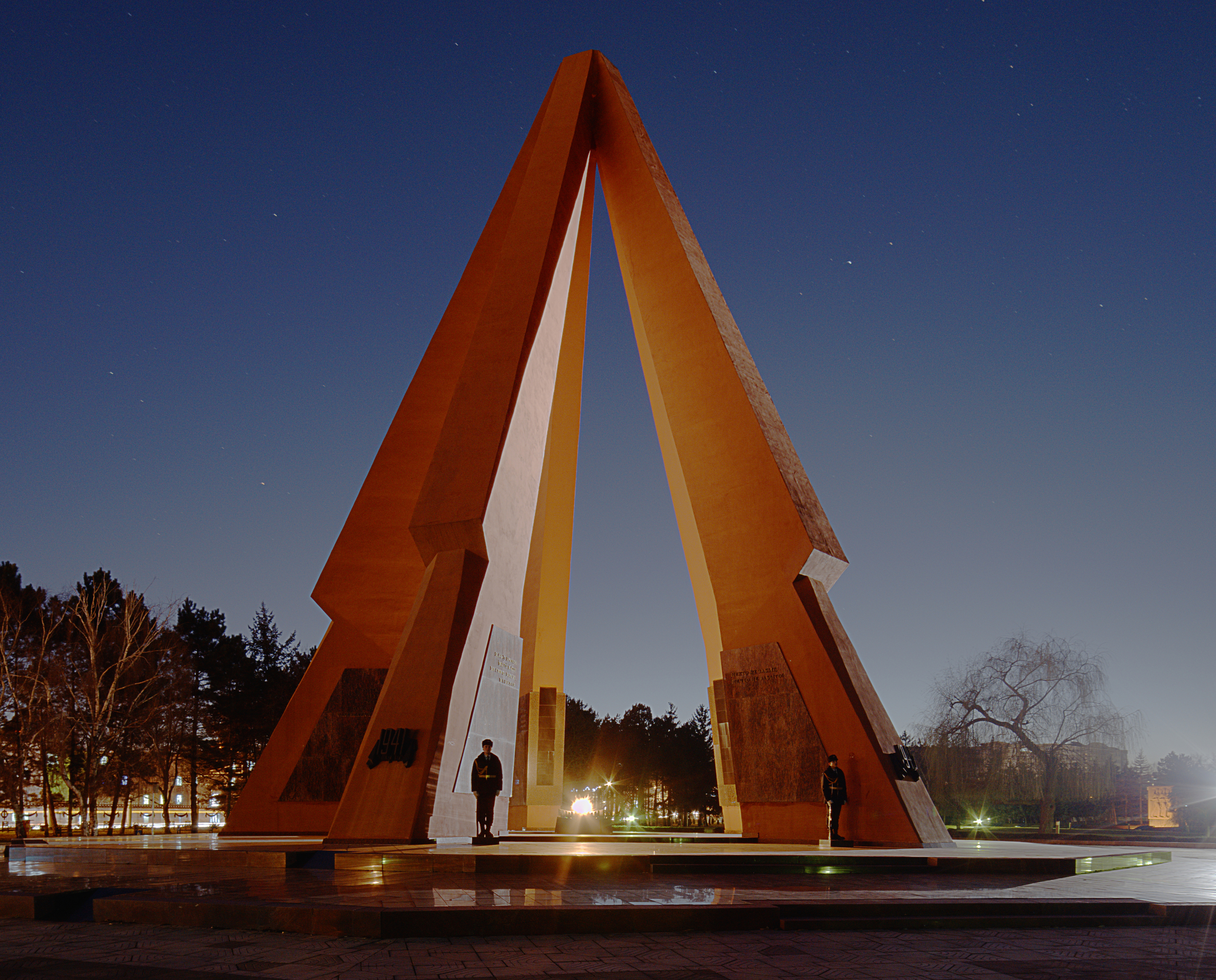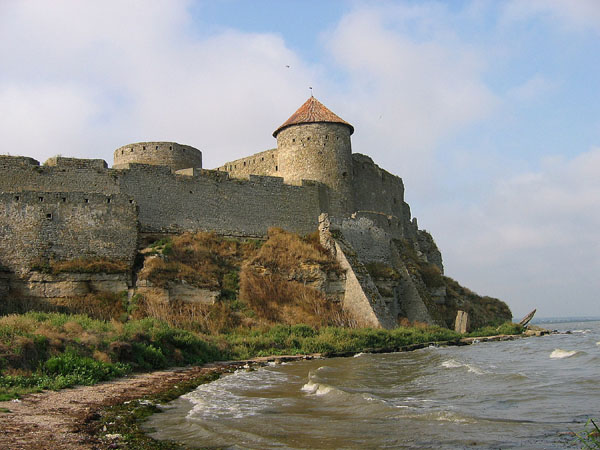|
Bessarabia
Bessarabia () is a historical region in Eastern Europe, bounded by the Dniester river on the east and the Prut river on the west. About two thirds of Bessarabia lies within modern-day Moldova, with the Budjak region covering the southern coastal region and part of the Ukrainian Chernivtsi Oblast covering a small area in the north. In the late 14th century, the newly established Principality of Moldavia encompassed what later became known as Bessarabia. Afterward, this territory was directly or indirectly, partly or wholly controlled by: the Ottoman Empire (as suzerain of Moldavia, with direct rule only in Budjak and Khotyn), the Russian Empire, Romania, the USSR. In the aftermath of the Russo-Turkish War (1806–1812), and the ensuing Treaty of Bucharest (1812), Peace of Bucharest, the eastern parts of the Moldavia, Principality of Moldavia, an Ottoman Empire, Ottoman vassal state, vassal, along with some areas formerly under direct Ottoman rule, were ceded to Imperial Russ ... [...More Info...] [...Related Items...] OR: [Wikipedia] [Google] [Baidu] |
Bessarabia Governorate
The Bessarabia Governorate was a province (''guberniya'') of the Russian Empire, with its administrative centre in Kishinev (Chișinău). It consisted of an area of and a population of 1,935,412 inhabitants. The Bessarabia Governorate bordered the Podolia Governorate to the north, the Kherson Governorate to the east, the Black Sea to the south, Kingdom of Romania, Romania to the west, and Austria-Hungary, Austria to the northwest. It roughly corresponds to what is now most of Moldova and some parts of Chernivtsi Oblast, Chernivtsi and Odesa Oblast, Odesa Oblasts of Ukraine. It included the eastern part of the Moldavia, Principality of Moldavia along with the neighboring Ottoman Empire, Ottoman-ruled territories annexed by Russia by the Treaty of Bucharest (1812), Treaty of Bucharest following the Russo-Turkish War (1806–1812). The Governorate was disbanded in 1917, with the establishment of Sfatul Țării, a national assembly which proclaimed the Moldavian Democratic Republic i ... [...More Info...] [...Related Items...] OR: [Wikipedia] [Google] [Baidu] |
Budjak
Budjak, also known as Budzhak, is a historical region that was part of Bessarabia from 1812 to 1940. Situated along the Black Sea, between the Danube and Dniester rivers, this #Ethnic groups and demographics, multi-ethnic region covers an area of and is home to approximately 600,000 people. The majority of the region (former Izmail Oblast) is now located in Ukraine's Odesa Oblast, while the remaining part is found in the southern districts of Moldova. The region is bordered to the north by the rest of Moldova, to the west and south by Romania, and to the east by the Black Sea and the rest of Ukraine. Name and geography Historically, Budjak was the southeastern Bugeac Steppe, steppe region of Moldavia. Bordered by the northern Trajan's Wall at its north end, by the Danube, Danube river and Black Sea to its south, by Tigheci Hills (just east of the Prut, Prut River) to the west, and Dniester, Dniester River to the east, it was known as ''historic Bessarabia'' until 1812, when t ... [...More Info...] [...Related Items...] OR: [Wikipedia] [Google] [Baidu] |
Chișinău
Chișinău ( , , ; formerly known as Kishinev) is the Capital city, capital and List of cities and towns in Moldova, largest city of Moldova. The city is Moldova's main industrial and commercial centre, and is located in the middle of the country, on the river Bîc, a tributary of the Dniester. According to the results of the 2014 Moldovan census, 2014 census, the city proper had a population of 532,513, while the population of the Municipality of Chișinău (which includes the city itself and other nearby communities) was 700,000. Chișinău is the most economically prosperous locality in Moldova and its largest transportation hub. Nearly a third of Moldova's population lives in the metro area. Moldova has a Moldovan wine, history of winemaking dating back to at least 3,000 BCE. As the capital city, Chișinău hosts the yearly national wine festival every October. Though the city's buildings were badly damaged during the World War II, Second World War and earthquakes, a rich a ... [...More Info...] [...Related Items...] OR: [Wikipedia] [Google] [Baidu] |
Moldavian Democratic Republic
The Moldavian Democratic Republic (MDR; , ), also known as the Moldavian Republic or Moldavian People's Republic, was a state proclaimed on by the ''Sfatul Țării'' (National Council) of Bessarabia, elected in October–November 1917 following the February Revolution and the start of the disintegration of the Russian Empire. The ''Sfatul Țării'' was its legislative body, while the "Council of Directors General", renamed the "Council of Ministers" after the Declaration of Independence, was its government. The Republic was proclaimed on 2/15 December 1917, as a result of the Declaration of the Rights of the Peoples of Russia. The anthem of the country was ''Deșteaptă-te, române!''. History Summarized The brief history of the 1917–1918 Moldavian Democratic Republic can be divided into three periods: the period of autonomy within Russia, the period of independence, and the period of federation with Romania. On 2/15 December, Moldavia proclaimed itself a constituen ... [...More Info...] [...Related Items...] OR: [Wikipedia] [Google] [Baidu] |
Moldova
Moldova, officially the Republic of Moldova, is a Landlocked country, landlocked country in Eastern Europe, with an area of and population of 2.42 million. Moldova is bordered by Romania to the west and Ukraine to the north, east, and south. The List of states with limited recognition, unrecognised breakaway state of Transnistria lies across the Dniester river on the country's eastern border with Ukraine. Moldova is a Unitary state, unitary Parliamentary system, parliamentary Representative democracy, representative democratic republic with its capital in Chișinău, the country's largest city and main cultural and commercial centre. Most of Moldovan territory was a part of the Principality of Moldavia from the 14th century until 1812, when it was Treaty of Bucharest (1812), ceded to the Russian Empire by the Ottoman Empire (to which Moldavia was a Vassal and tributary states of the Ottoman Empire, vassal state) and became known as Bessarabia. In 1856, southern Bessarabia was ... [...More Info...] [...Related Items...] OR: [Wikipedia] [Google] [Baidu] |
Moldavia
Moldavia (, or ; in Romanian Cyrillic alphabet, Romanian Cyrillic: or ) is a historical region and former principality in Eastern Europe, corresponding to the territory between the Eastern Carpathians and the Dniester River. An initially independent and later autonomous state, it existed from the 14th century to 1859, when it united with Wallachia () as the basis of the modern Romanian state; at various times, Moldavia included the regions of Bessarabia (with the Budjak), all of Bukovina and Hertsa region , Hertsa. The region of Pokuttya was also part of it for a period of time. The Moldavia (region of Romania) , western half of Moldavia is now part of Romania, the eastern side belongs to the Moldova , Republic of Moldova, and the Chernivtsi Oblast , northern and Budjak , southeastern parts are territories of Ukraine. Name and etymology The original and short-lived reference to the region was ''Bogdania'', after Bogdan I, the founding figure of the principality. The name ... [...More Info...] [...Related Items...] OR: [Wikipedia] [Google] [Baidu] |
Southern Bessarabia
Southern Bessarabia or South Bessarabia is a territory of Bessarabia which, as a result of the Crimean War, was returned to the Moldavian Principality in 1856. As a result of the unification of the latter with Wallachia, these lands became part of United Principalities of Moldova and Wallachia. In 1878, despite opposition from Romania, the Berlin Treaty, which followed the Russo-Turkish War (1877–1878), transferred this region back to the Russian Empire The Russian Empire was an empire that spanned most of northern Eurasia from its establishment in November 1721 until the proclamation of the Russian Republic in September 1917. At its height in the late 19th century, it covered about , roughl ... (which reintegrated it into the Bessarabia Governorate). The transfer of the territory took place in October 1878. From 13 to 18 October, Russia took over Southern Bessarabia while the Romanian officials withdrew.Frederick Kellogg, Purdue University Press, 1995, ''The Road ... [...More Info...] [...Related Items...] OR: [Wikipedia] [Google] [Baidu] |
Chernivtsi Oblast
Chernivtsi Oblast (), also referred to as Chernivechchyna (), is an oblast (province) in western Ukraine, consisting of the northern parts of the historical regions of Bukovina and Bessarabia. It has an international border with Romania and Moldova. The region spans . The oblast is the smallest in Ukraine both by area and population. It has a population of and its administrative center is the city of Chernivtsi. In 1408, Chernivtsi was a town in Moldavia and the chief centre of the area known as Bukovina. Chernivtsi later passed to the Turks and then in 1774 to the Habsburg monarchy. After World War I, it was ceded to Romania, and in 1940, the town was acquired by the Ukrainian SSR. The oblast has a large variety of landforms: the Carpathian Mountains and picturesque hills at the foot of the mountains gradually change to a broad partly forested plain situated between the Dniester and Prut rivers. Geography Chernivtsi Oblast covers an area of . It is the smallest oblast in ... [...More Info...] [...Related Items...] OR: [Wikipedia] [Google] [Baidu] |
Akkerman Fortress
The Bilhorod-Dnistrovskyi fortress or Akkerman fortress (, or , also known as Cetatea-Albă or Kokot) is a historical and architectural monument of the 13th–14th centuries. It is located in Bilhorod-Dnistrovskyi in the Odesa Oblast of southwestern Ukraine, in the Budjak, the historical region of Bessarabia. History Start of construction The fortress was built on the remains of Tyras, an ancient Greek city on the northern coast of the Black Sea which existed until the 4th century. Frequent attacks by invaders (Goths and Huns) destroyed the city. Antes (people), Antes, Slavs, and Bulgarians lived on the site of Tyras after the Greeks. In the 10th century, Bilhorod was part of Kievan Rus'. Later it was owned by the Kingdom of Hungary, then the Principality of Galicia–Volhynia, where it stayed until the invasion of the Mongols. It is not known when construction began on the fortress. Most historians today believe that it was a trading Enclave and exclave, exclave of the Re ... [...More Info...] [...Related Items...] OR: [Wikipedia] [Google] [Baidu] |
United Principalities
The United Principalities of Moldavia and Wallachia (), commonly called United Principalities or Wallachia and Moldavia, was the personal union of the Moldavia, Principality of Moldavia and the Wallachia, Principality of Wallachia. The union was formed on when Alexandru Ioan Cuza was elected as the ''Domnitor'' (Ruling Prince) of both principalities. Their separate autonomous vassalage in the Ottoman Empire continued with Unification of Moldavia and Wallachia, the unification of both principalities. On , Moldavia and Wallachia formally united to create the Romanian United Principalities, the core of the Romanian nation state. In February 1866, Prince Cuza was forced to abdicate and go into exile by a political coalition led by the Liberals; the German prince Carol I of Romania, Karl of Hohenzollern-Sigmaringen was offered the Throne and, on he entered Bucharest for the first time. In July the same year, a 1866 Constitution of Romania, new constitution came into effect, giving th ... [...More Info...] [...Related Items...] OR: [Wikipedia] [Google] [Baidu] |
Treaty Of Bucharest (1812)
The Treaty of Bucharest between the Ottoman Empire and the Russian Empire, was signed on 28 May 1812, in Manuc's Inn in Bucharest, and ratified on 5 July 1812, at the end of the Russo-Turkish War of 1806–1812. The Ottomans had done poorly in the war. The Sublime Porte above all wanted to stay out of the impending conflict between Napoleon's France and Russia. The Russians did not want a war on two fronts, thus they made peace in order to be free for the upcoming war with France. The Ottomans had extricated themselves from a potentially disastrous war with a slight loss of territory. This treaty became the basis for future Russo-Ottoman relations. Background Russo-Turkish war of 1806 The war was fought between the Russian Empire and Ottoman Empire beginning in 1806. It happened at the same time as the Napoleonic Wars had been pushing across Europe. Sultan Selim III of the Ottoman empire was encouraged by the French Empire to remove multiple lords from their land in Wallachia ... [...More Info...] [...Related Items...] OR: [Wikipedia] [Google] [Baidu] |




